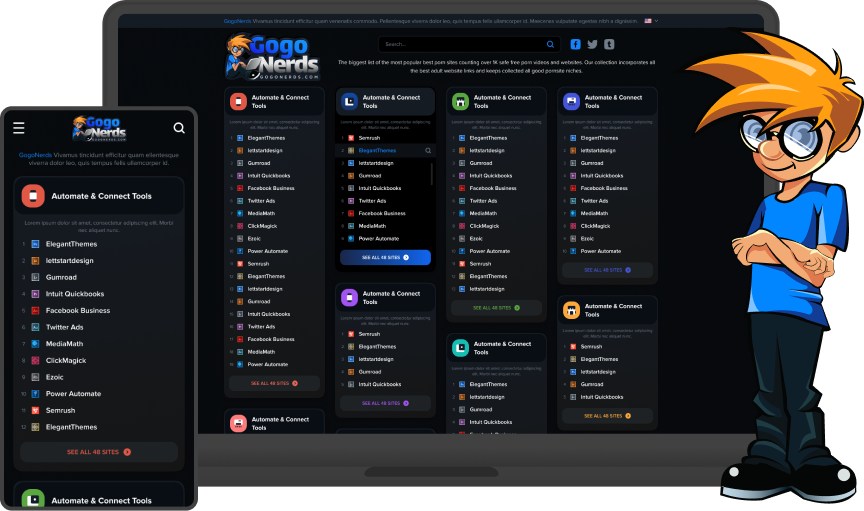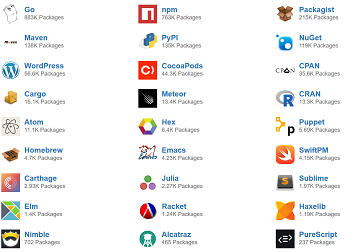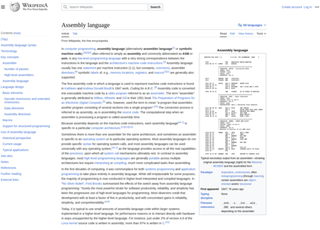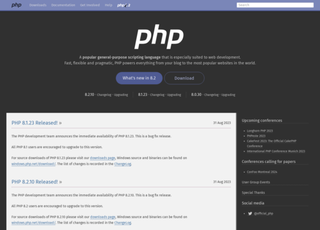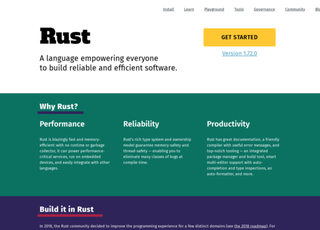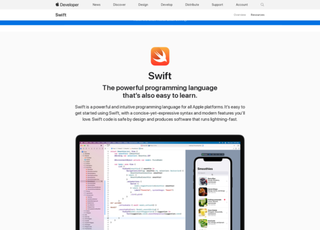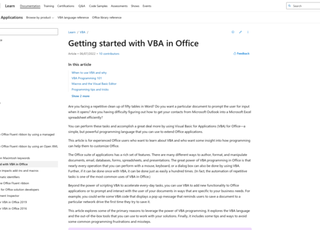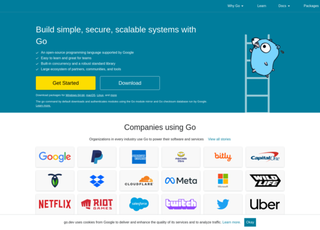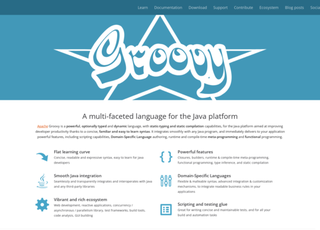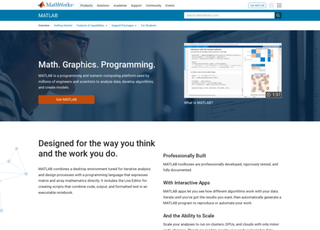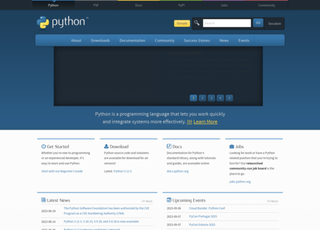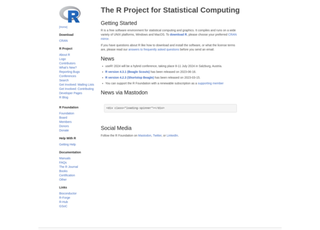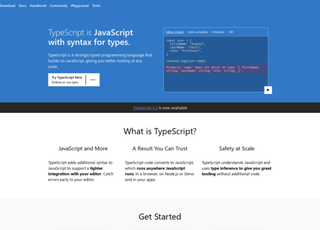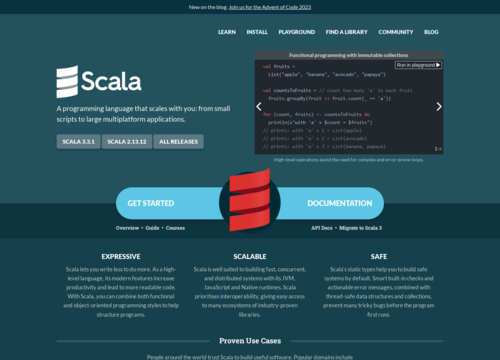SQL
SQL, which stands for Structured Query Language, is the standard language for managing and manipulating relational databases. Here's a detailed review and overview of SQL:
Introduction:
Purpose:
SQL is primarily used to insert, update, delete, and retrieve data from databases. It allows users to interact with large amounts of data in a structured manner.
History:
Developed in the 1970s at IBM, it has become the standard language for relational database management systems (RDBMS).
Features:
Queries:
Retrieve data based on specific criteria.
Data Definition Language (DDL):
Define and manage tables and database structures (e.g., CREATE, ALTER, DROP).
Data Manipulation Language (DML):
Manage data within tables (e.g., SELECT, INSERT, UPDATE, DELETE).
Data Control Language (DCL):
Manage permissions on data (e.g., GRANT, REVOKE).
Transaction Control:
Ensures data integrity during transactions (e.g., COMMIT, ROLLBACK).
Advantages:
Standardization:
SQL is a standardized language recognized by the American National Standards Institute (ANSI).
Flexibility:
Allows for complex queries and data manipulations.
Ubiquity:
Supported by almost every RDBMS including popular ones like Oracle, Microsoft SQL Server, MySQL, PostgreSQL, and SQLite.
Integration:
SQL can be embedded in other programming languages and is often used in combination with tools and web applications.
Limitations:
Performance Variation:
SQL queries can vary in performance based on their structure and the underlying RDBMS's optimizations.
Not Fully Procedural:
SQL itself isn't fully suited for procedural tasks. However, extensions like PL/SQL (for Oracle) or T-SQL (for Microsoft SQL Server) fill this gap.
Vulnerabilities:
Without proper precautions, SQL can be vulnerable to SQL injection attacks.
Key Concepts:
Tables:
Structures that store data in rows and columns.
Schema:
Organizes database objects (like tables and views).
Primary Key:
A column (or a set of columns) that uniquely identifies each row in the table.
Foreign Key:
A column that creates a relationship between two tables.
Index:
A performance optimization feature that speeds up data retrieval operations on a database table.
Joins:
Combine rows from two or more tables based on related columns.
Common SQL Operations:
CRUD Operations:
Create, Read, Update, and Delete data.
Aggregation:
SUM, COUNT, AVG, MIN, and MAX are some common aggregation functions.
Sorting and Filtering:
ORDER BY and WHERE clauses.
Grouping:
GROUP BY clause is used to group rows that have the same values in specified columns.
Subqueries:
A query nested inside another query.
Modern Adaptations and Extensions:
NoSQL:
While SQL dominates the relational database domain, NoSQL databases have become increasingly popular for use cases where scalability and flexibility are paramount. Examples include MongoDB, Cassandra, and Couchbase.
ORMs (Object-Relational Mapping):
Frameworks like Hibernate (Java), Entity Framework (.NET), and Sequelize (JavaScript) allow developers to interact with databases using object-oriented paradigms instead of raw SQL.
Extensions:
Languages such as PL/SQL (Oracle) and T-SQL (SQL Server) offer procedural features, enabling developers to write functions, procedures, and triggers directly in the database.
Analytical Extensions:
With the rise of big data, extensions like HiveQL for Apache Hive allow SQL-like querying over big data platforms like Hadoop.
Best Practices:
Optimization:
Developers should optimize queries to ensure efficient data retrieval. This includes reducing the use of wildcard characters, properly indexing tables, and avoiding nested queries when possible.
Security:
It's essential to sanitize inputs to protect against SQL injection attacks. Parameterized queries or prepared statements are recommended.
Consistency:
Maintain consistent naming conventions, formatting, and documentation to make SQL scripts readable and maintainable.
Learning and Resources:
Online Platforms:
Websites like LeetCode, HackerRank, and SQLZoo provide interactive exercises to hone SQL skills.
Books:
"SQL Performance Explained" by Markus Winand and "SQL Antipatterns" by Bill Karwin are excellent resources for those wishing to delve deeper.
Courses:
Many online platforms like Coursera, Udemy, and Khan Academy offer courses ranging from beginner to advanced levels.
While there are many newer technologies in the data space, SQL's relevance doesn't seem to be waning. Its powerful querying capabilities, combined with modern extensions and adaptations, ensure its position as a cornerstone in the data management world. Whether you're a seasoned developer or a data enthusiast just starting out, a solid understanding of SQL is invaluable.

